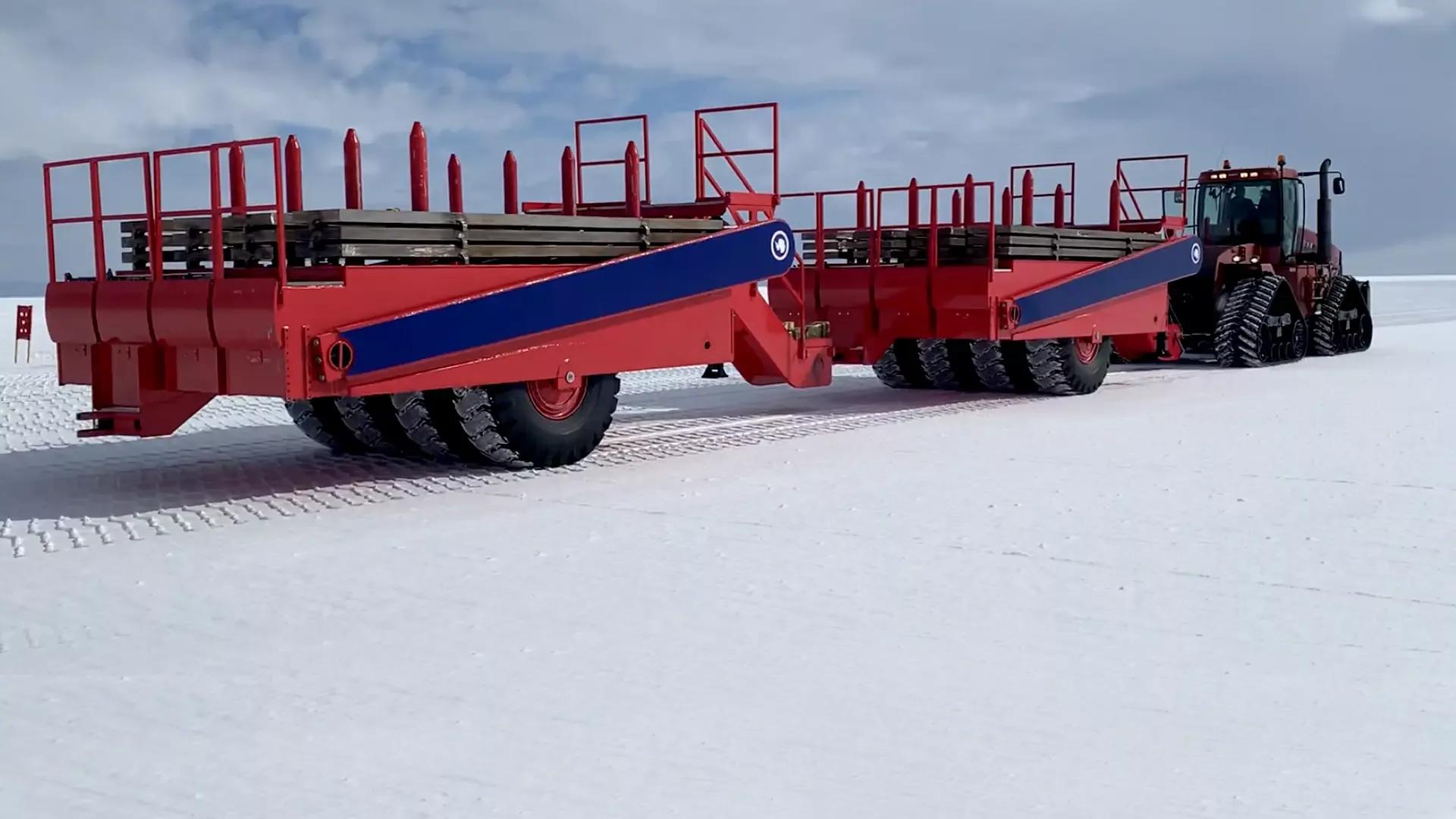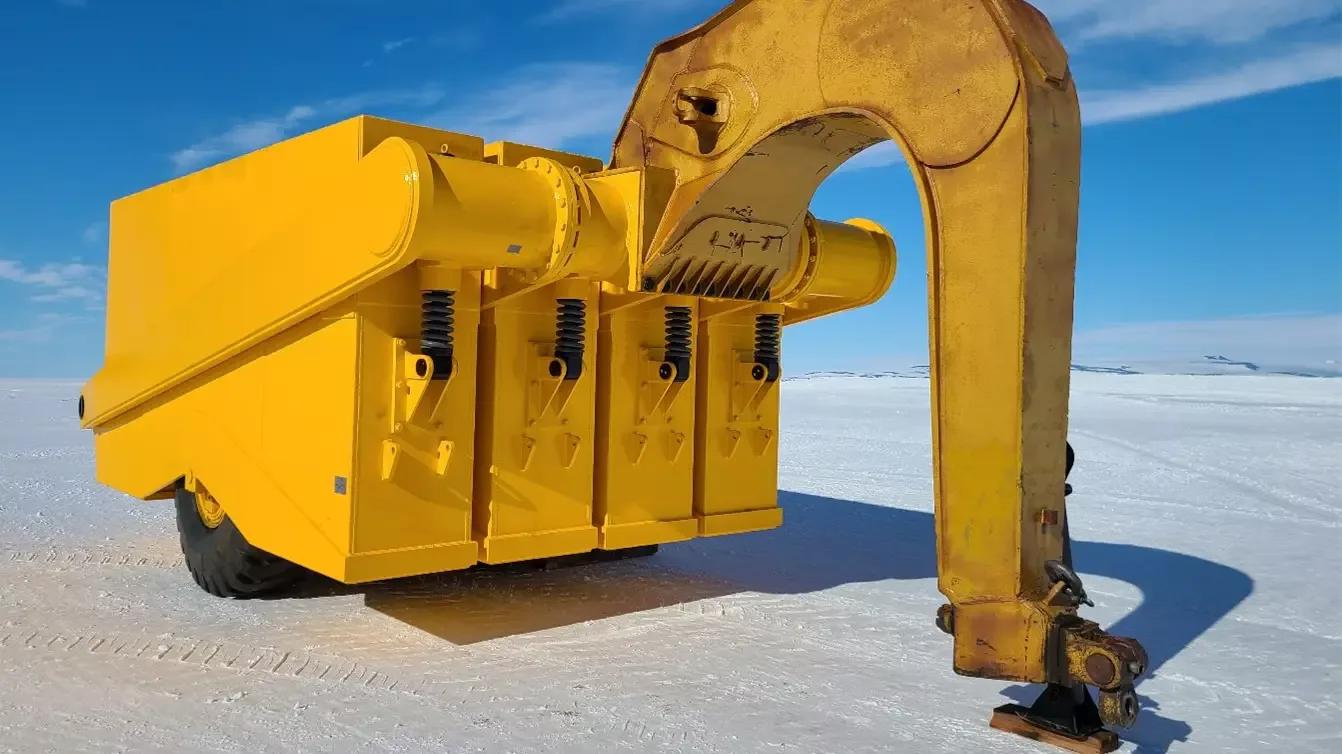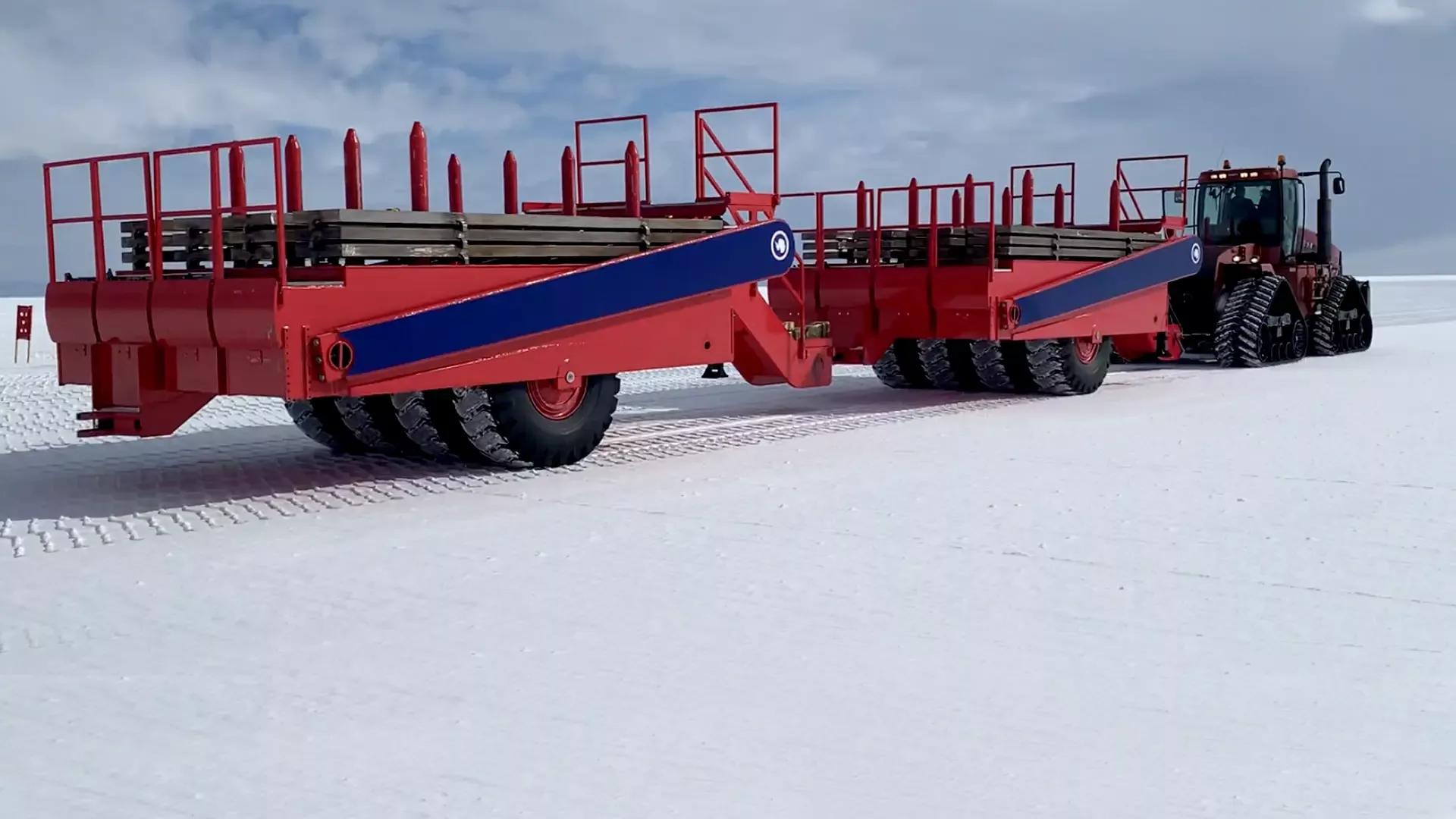The client
PAE is the second largest facilities management company in New Zealand. One of its key contracts includes providing resources to US scientific bases in Antarctica.
PAE has been a long-standing client of SCE, with the companies having worked together for almost 10 years prior to SCE being amalgamated into MHM Automation in 2021.
The brief
The United States Antarctic Program’s McMurdo Station is the largest research station in Antarctica. Its airfields provide the main access point for the majority of United States Antarctic Program researchers, support personnel and cargo to arrive into and depart from Antarctica. The station also supports passenger and cargo movement for Antarctica New Zealand, as well as other neighbouring programs.
Phoenix Airfield is McMurdo’s only wheeled aircraft runway and is a deep-field, compacted snow slab, more than one metre thick. The runway is maintained by using a tool to smooth the surface and routine compaction using two heavy compaction carts. Each compaction cart weighs approximately 28,000 kilograms and is capable of holding up to 63,500 kilograms of ballast. The snow pavement must be prepped and compacted routinely to ensure it has the appropriate density that makes it safe for aircraft to land.
Compaction carts have been in use since the operation of Phoenix’s predecessor, Pegasus Airfield, a glacial ice runway with a compacted snow cap. The existing carts were reaching end of life in 2020 and also presented a single point of failure, meaning if one of the carts failed, the airfield would not be able to support aircraft operations.
We were engaged to provide replacement compaction carts. There was an urgent requirement for one cart to be delivered within a two-month timeframe, to ensure the runways could be compacted for the busy summer season. A further two carts were required for delivery five months after the delivery of the first, with a desire for those to improve operator safety.
The solution
To meet the requirements of the short timeframe for the first cart delivery, we reverse engineered and manufactured a compaction cart to match the design of the existing carts.
Following the successful delivery of the initial cart, our team worked to develop a new, safer design for the new-generation SCE Runway Compaction Carts. Safety features included a staircase with handrails, a chain and purpose-built lifting beams to lift individual ballast plates and place them onto the cart, and stability jacks to prevent the cart from tipping during loading and unloading.
Operating within the tight timeframes required was a significant challenge, especially with COVID resulting in difficulties sourcing steel. We utilised a progressive procurement approach, running design and manufacturing processes concurrently to ensure we could deliver on time. The design had to take into account the availability of components at the time of purchase.
The remote location also provided challenges, including the need to work within dimensional and weight limitations to enable the cart and ballast weights to be transported on C17 aircraft.
The result
All three compaction carts were delivered on time and within 10% of the planned budget. The first cart delivered enabled the runway to continue to be reliably compacted for the 2020-21 summer season, while the two new carts came into service at the end of the season and will reduce operator safety risks for future seasons.




